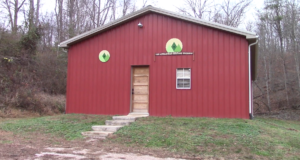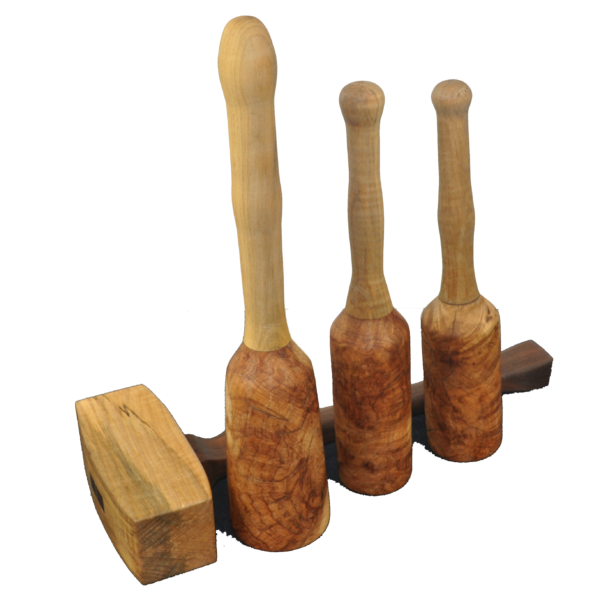
Project
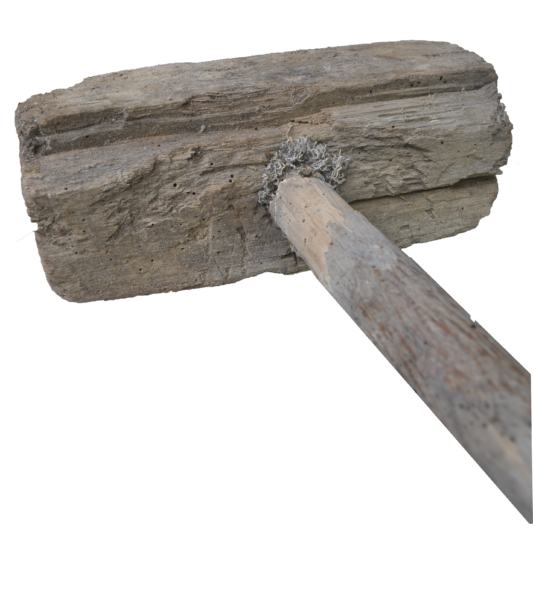
Inspiration
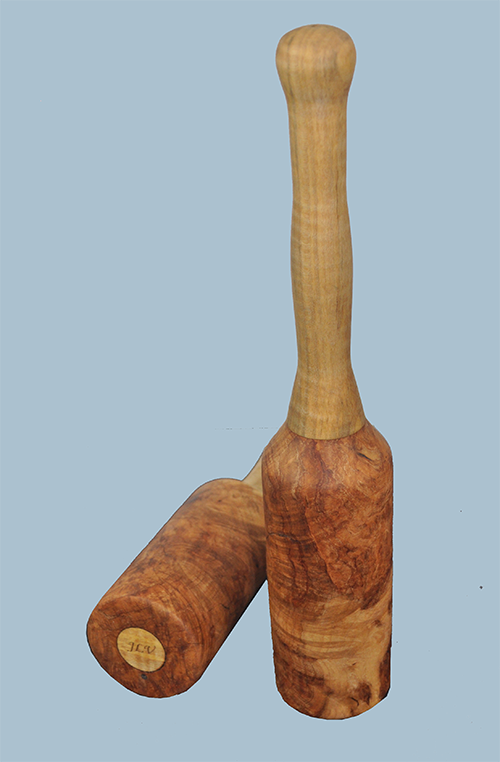
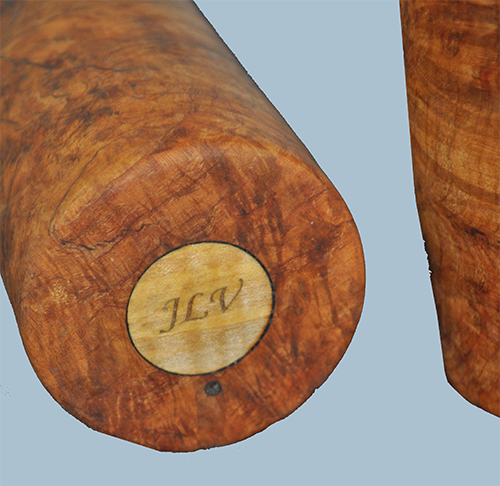
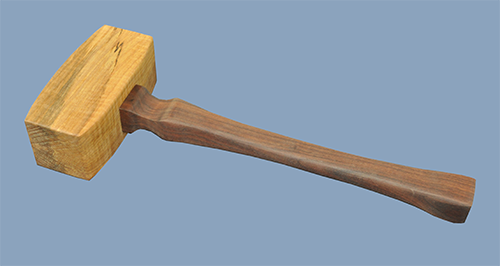
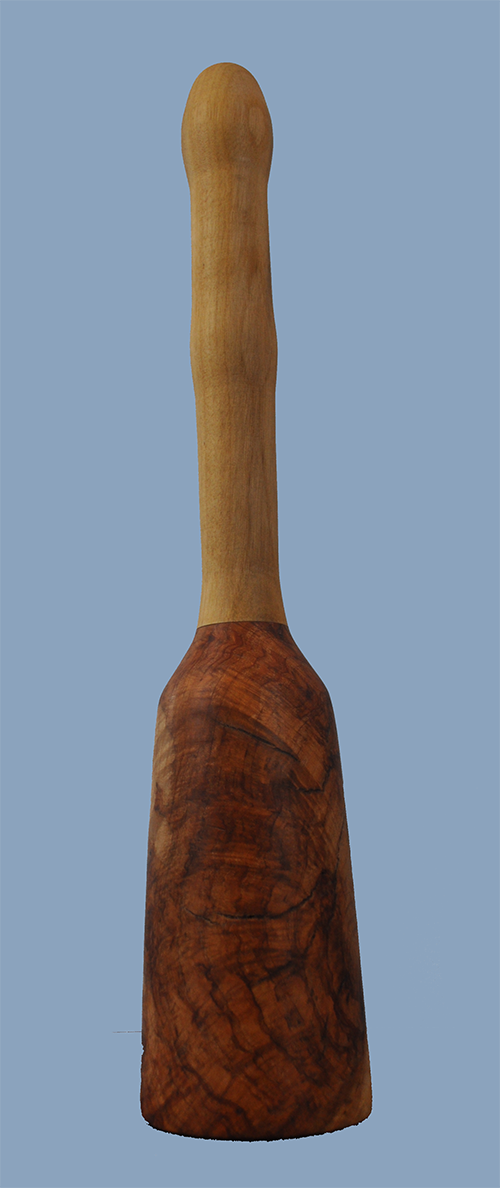
The rugged mountains of the Appalachian area are known for prized hardwoods. Maple, cherry, walnut, oak, ash, hickory and beech are just a few of the native trees that grow in this area. Occasionally, with the tall, straight grained woods, an abnormal growth called a burl will occur. Within the burl the grain swirls and is very tight making it very strong.
Due to this strength burls would commonly be used as mallet heads. Using hand tools, a hole would be drilled into the burl and a handle inserted to form a crude mallet. After a period of time the head of the mallet would wear out and the hunt for a replacement burl would begin. The handle would be inserted with a wedge or loose cloth to get a tight fit.
I have designed a burl mallet that is turned on a lathe. A foxtail mortise and tenon joint is used to ensure the handle does not loosen over time. The tenon on the handle is split partially lengthwise with a small hole to stop the split from continuing down the handle. The mortise is slightly undercut near the bottom. Then a small wedge is cut and shaped to open the split slightly. When the handle with wedge is driven into the mortise, the tenon is wider at the bottom making it impossible to remove the handle without breaking. The way I do the medallion and dowel in the ends eliminates the tool marks left from the lathe. It is also a good way to personalize the mallet.
The construction of this mallet can be done on a lathe with moderate skill and common turning chisels. I use an epoxy to secure the foxtail mortise and tenon joint as well as fill any cracks in the burl.
Scenes from “Burl Mallets” Episode
I use mauls, mallets and wooden hammers in my shop frequently and as they wear out I look for replacements. This lead me to think of the Appalachian people of several generations ago and how they would find a replacement. Since burls are much harder than straight grained wood it was the preferred material for mauls and mallets. I was discussing this with a woodworking friend when he mentioned someone that had an old mallet they found while disassembling a log house. I contacted them and we began to discuss burls and mallets and these designs were born.











